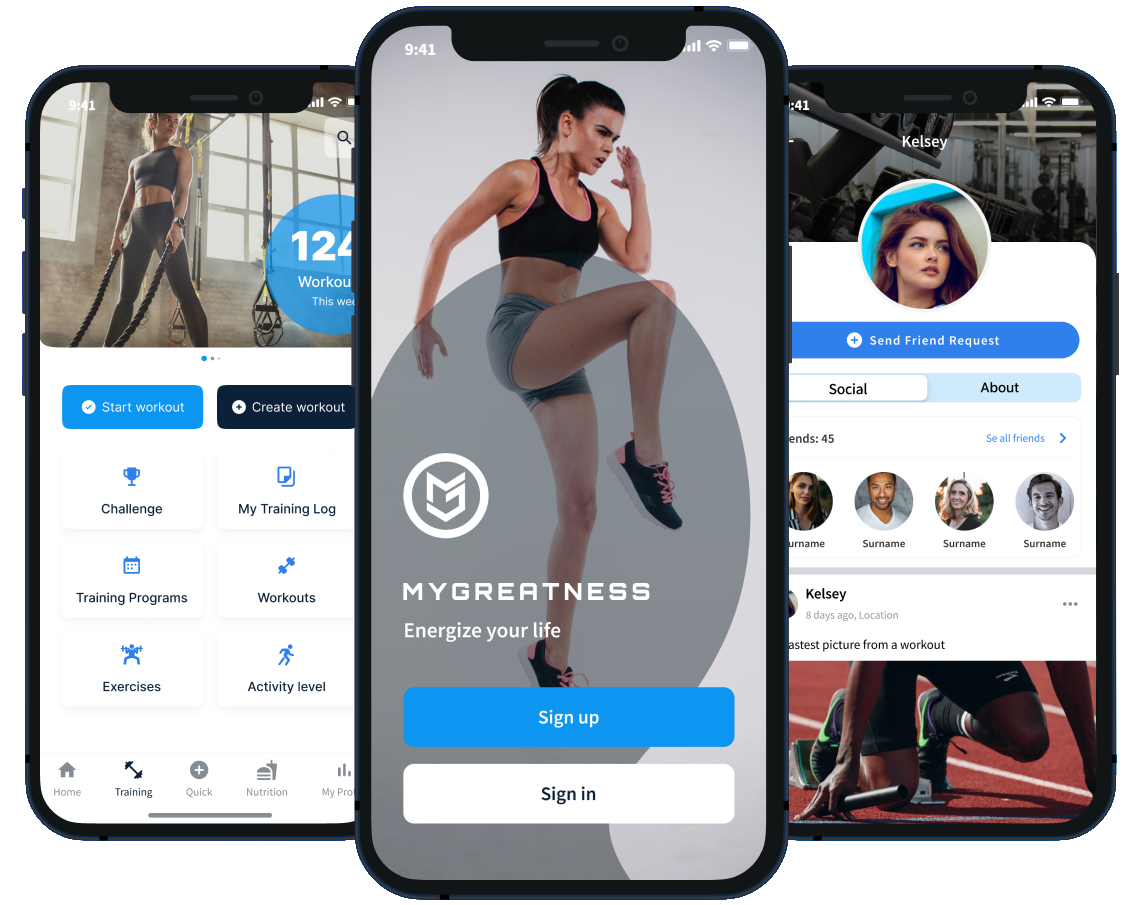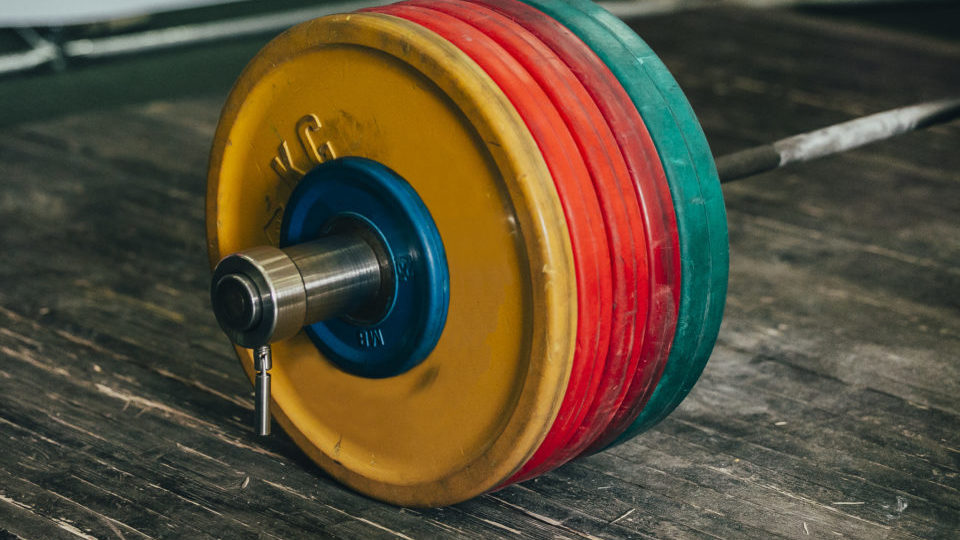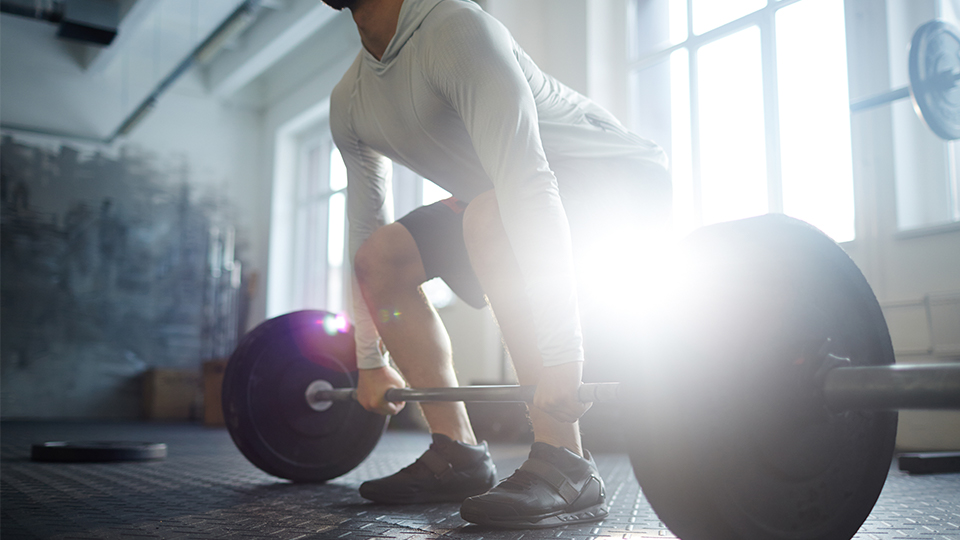Why you should do Barbell Rows
Barbell rowing or, in English, Bent over Barbell rows stimulates large parts of your body. It is, therefore, an excellent exercise for you who focus on training as large parts of the body’s muscles at the same time as possible. This is also an exercise that can vary which parts of the body you will activate the most. By varying under or overhand grip, how wide apart you have your hands on the bar and where on the body you pull the bar towards, the load between the Lats and Traps / Rear Shoulders changes. In addition to the back, the abdominal muscles are also trained, to some extent the legs and buttocks that hold up, forearms and biceps.
The exercise is quite simple, but there are two key points that you must not miss—your back posture during the entire exercise and how your elbows are pulled back during the movement. If you solve these two in a good way, you have an excellent exercise to look forward to.
Details for Barbell Rows
-
Primary MuscleTraps, Lats, Rear Delt
-
Secondary MuscleBiceps , Middle back, Lower back, Rotator cuff, Forearms
-
EquipmentBarbell
-
LevelAverage
The Position of the Back
The first thing to keep in mind in this exercise is how to position your back. Many people talk about the back being horizontal with the floor. The problem is that most people are not mobile enough in the hamstrings for this. When you start moving your upper body forward, then your thighs will eventually say stop, and the only way to get your back down horizontally with the floor will be by bending it. Loading a curved back with weight is very bad, and the risk of injury is high. Therefore, only go as far as you can with a neutral back. When the back of the thigh says stop, you can stay there. Can you manage all the way down to parallel to the floor, so congratulations, but normally this happens at a 30-degree angle to the floor. This is where you should perform the exercise. No further down if you can not.
Starting Performance
Bring out a barbell and put on the appropriate weight. Start with low weight before you know what suits you. The barbell can lie on the floor in front of you or a stand. Grab the bar shoulder-width apart with an overhand grip, palms facing you. You can also run an underhand grip. You will then be able to pull your arms closer to the body, which activates your lats more, but you also get the strength of the biceps in the exercise, which you may not want. Test yourself between the two grips.
If you run a wider grip, your Traps and Rear Shoulders will have to work extra hard while a narrow grip puts more strain on the Lats.
With straight arms, stretch with the bar in your hands so that you stand completely vertical. Your feet should be shoulder-width apart and angled slightly outwards. Bend your legs. Tighten the torso so that the back is straight and neutral. At the same time, as you pull back the hip, lower the bar down to the floor until you reach the back position we described above. The bar usually ends up just below your knees in this position. Thanks to the fact that you have pulled the hip back, the body weight should be located in the middle of the foot, not on the toes. You are now in your starting position.
Elbows Should Go Behind Your Back
From the starting position, pull the barbell straight towards your body. The goal of the movement is for your elbows to get as far behind your body as possible. Your shoulder blades should also contract, which means that the elbows get even further behind the body. If you have a shoulder-width grip, aim to hit your navel. And if you pull the bar lower than this, the elbows will not be far enough behind, and the back will not be trained to the maximum. Moreover, if you have a wider grip, you can pull a little higher up than towards the navel, and then, as I said, the Traps and Rear Shoulders will be trained more. When you have reached the bar all the way to your body, you can hold it for a few seconds before slowly lowering the bar to the floor again.
You should not go out and flail too much with your elbows. At a higher lift above the navel, you can aim at a 45-60 degree angle to the body, and at a navel lift, you should have as small an angle as possible to maximize the load on your Lats.
Hip and legs should be fixed. The stomach, legs and hips should not necissary help and rock the weight but they remain fixed throughout the movement.
Tips for Barbell Row
- You can vary the hand’s grips by how wide apart you have them in combination with how you pull the bar to activate the Lats or Traps / Rear Shoulders.
- The position of the back is most important; it should never bend
- Do not use too much weight
- Pull your hips back as you lean forward. You should not stand on your toes
- Preferably grip is an overhand grip for overall back training
- With an underhand grip, you can pull your arms closer to your body and activate the Lats even more. However, you also get biceps strength in the lift, which you may not want
- A wider grip than shoulder-width trains your Traps and rear Shoulders more. Shoulder-wide or narrower train your Lats the most
- Pinch your shoulders together; they should not go forward when you get tired
- Pinch your shoulder blades together completely in the top position
- If you want to train Lats the most, you aim to pull the bar towards the belly button
- If you want to train Traps and Rear Shoulders more, aim at the lower part of the chest
- You should not flake out with your elbows too much. At a higher lift for Traps and Rear shoulders, they should be angled about 45-60 degrees towards the body, and at a lower lift towards the navel for Lats, they should be angled as little as possible.
- The elbows should come as far behind the body as possible
- If you are tall, a wider stance than shoulder-width between your feet can be more suitable
- Lower the weight in a slow and controlled manner






